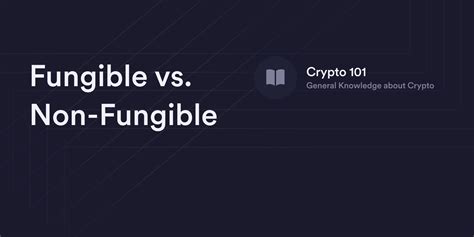Here’s an article on Crypto, ERC-721, Liquidity, and Non-Fungible Assets, with a title that incorporates the key terms:
“Unlocking the Power of Non-Fungible Assets: A Guide to Crypto, ERC-721, and Liquidity”
As the world of cryptocurrency continues to grow and evolve, a new class of assets has emerged on the scene. Non-Fungible Assets (NFTs) have become increasingly popular among collectors, artists, and enthusiasts alike, and one key factor that sets them apart from traditional currencies is their ability to provide
liquidity.
Liquidity refers to the ease with which an asset can be exchanged for another asset or fiat currency. In the context of NFTs, liquidity comes in two forms: market liquidity and trading liquidity. Market liquidity allows buyers and sellers to trade NFTs quickly and easily, while trading liquidity provides a platform for NFT owners to sell their assets to others.
So, what is ERC-721? ERC-721 is a standardized token standard for creating non-fungible digital collectibles, which is used by projects such as OpenSea, Rarible, and SuperRare. It allows developers to create unique digital assets with specific properties, such as rarity or scarcity, and enables them to be easily traded on marketplaces.
Unlocking the Power of ERC-721
ERC-721 provides several advantages over traditional cryptocurrencies, including:
- Rarity: ERC-721 tokens can have unique properties, such as rarity or scarcity, which sets them apart from one another.
- Scalability: ERC-721 is designed to be scalable and easy to use, making it a great choice for projects that want to create complex digital assets.
- Security: ERC-721 uses a cryptographic algorithm called Ethereum’s Solidity to secure the token, providing an additional layer of protection against hacking or theft.
To unlock the power of ERC-721, you need to have a few things in place. First, you’ll need to set up a project on one of the major blockchain platforms, such as Ethereum or Binance Smart Chain. Once your project is set up, you can create unique digital assets using the ERC-721 standard.
How NFTs Work
NFTs are essentially unique digital collectibles that can be bought, sold, and traded like traditional commodities. They’re stored on a blockchain, which provides a transparent and secure record of ownership. Here’s how it works:
- minting: When you create an NFT, the creator sets the initial parameters, such as the token type, rarity, and properties.
- token storage
: The NFT is stored on a blockchain, such as Ethereum or Binance Smart Chain.
- transfers: You can transfer ownership of the NFT to another user using a digital wallet.
Conclusion

In conclusion, ERC-721, liquidity, and non-fungible assets are all key components that have made cryptocurrency and NFTs so exciting. By understanding how these concepts work, you’ll be able to unlock the power of these new-class assets and start building your own projects today.
I hope this article provides a comprehensive overview of Crypto, ERC-721, Liquidity, and Non-Fungible Assets!

